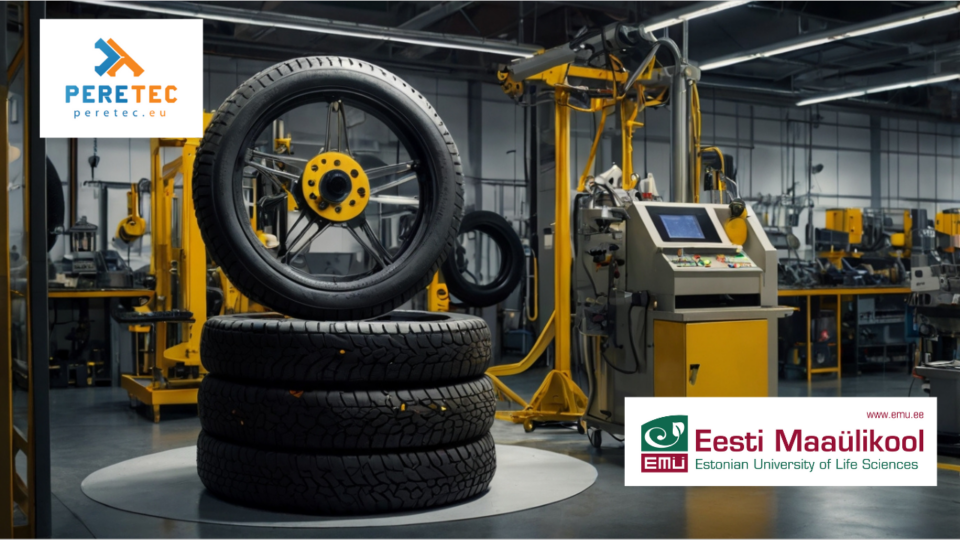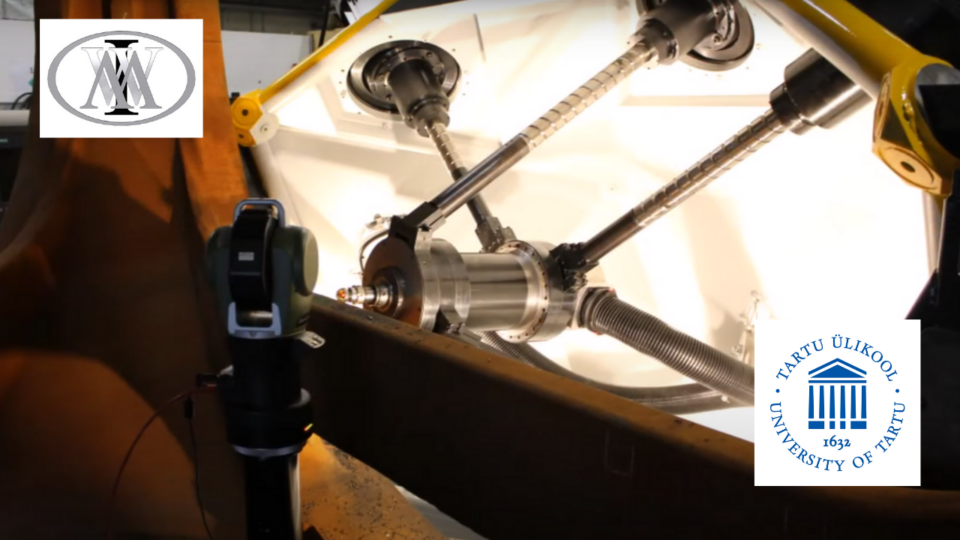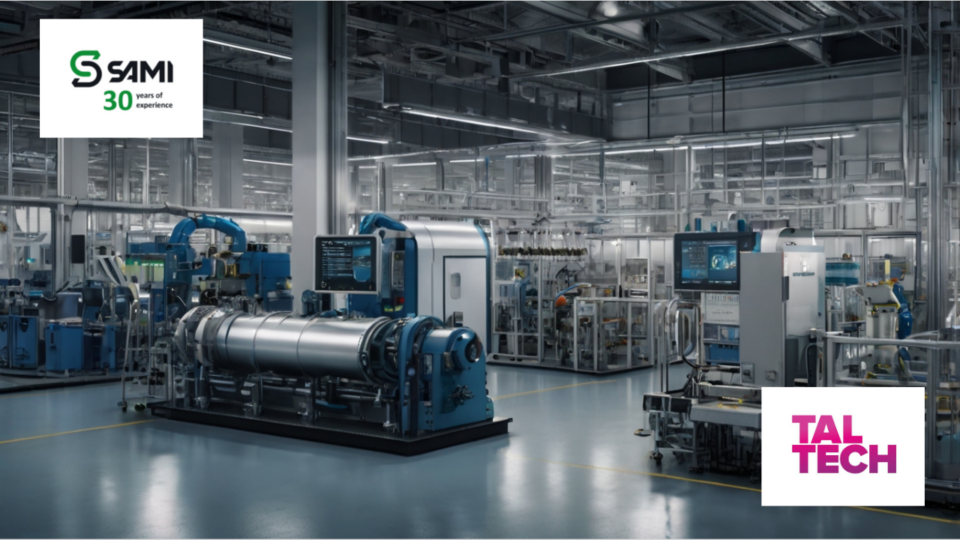2023: Testing an artificial intelligence-based navigation algorithms for autonomous robotic vessels
The ultimate aim of the project is to develop an artificial skipper. In order to get closer to this goal, several sub-tasks need to be achieved, such as: 1) Collection of data from the environment using different sensors (X-band marine radar, 4 mm-wave radar, 4 cameras) for training and validation of machine learning (ML) algorithms. 2) Development and training of machine learning based on previously collected data. 3) Object tracking via 4 cameras. ML-based algorithms, such as DeepSORT, often give better results than “standard” solutions. 4) Combining radar data and camera objects to create a map of the environment – sensor fusion, data processing 5) Transferring data to a server 6) Testing the model at sea – AI testing and getting feedback to improve the model.






